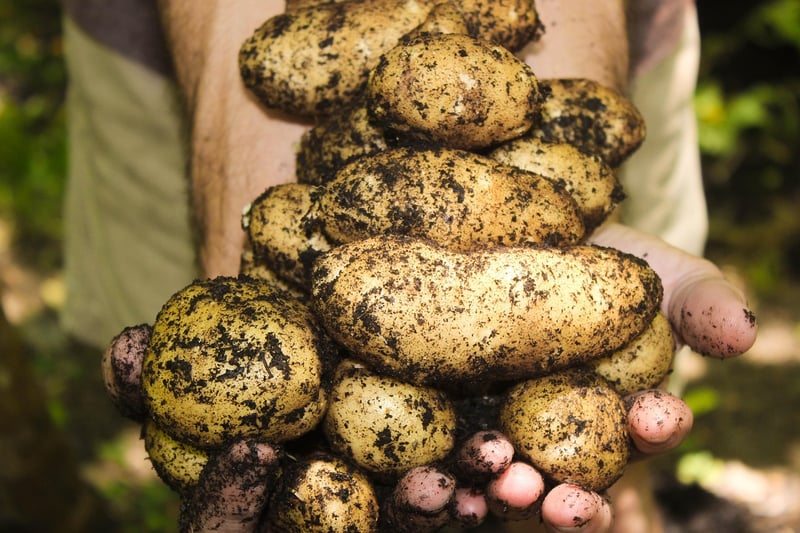Vegetable Patches
The Benefits of Growing Food Vertically in Vegetable Patches

When it comes to sustainable gardening practices, growing food vertically in vegetable patches is gaining popularity due to its numerous benefits. Not only does vertical gardening make the most of limited space, but it also offers increased productivity and accessibility, making it an excellent choice for both urban and rural gardeners.
Maximizing Space
Vertical gardening allows you to make the most of your available space by growing plants upwards instead of outwards. By utilizing walls, trellises, and other vertical structures, you can significantly increase the growing area in your vegetable patch. This is especially beneficial for those with small yards or balconies who still want to enjoy homegrown produce.
Improved Productivity
Vertical gardening can lead to higher yields compared to traditional horizontal planting. With proper planning and the right support structures, plants can grow more closely together without competing for space. This closeness can create a microclimate that retains moisture and promotes healthy plant growth, resulting in a bountiful harvest.
Easy Maintenance
Vertical gardening can also make maintenance tasks such as watering, pruning, and harvesting more accessible and convenient. Tending to plants at different heights is less strenuous on the back and knees, reducing the physical strain often associated with traditional gardening. This ease of maintenance can make gardening more enjoyable and sustainable in the long run.
Enhanced Aesthetics
Aside from its practical benefits, vertical gardening can also enhance the visual appeal of your vegetable patch. Vertical structures covered in lush greenery not only add beauty to your outdoor space but can also act as natural screens or dividers, creating privacy and a sense of tranquility.
Environmental Benefits
By growing food vertically, you are utilizing space efficiently and reducing the need for extensive land use. Vertical gardening can also help in conserving water as the proximity of plants reduces evaporation and water waste. Additionally, homegrown produce means fewer food miles, promoting sustainability and reducing your carbon footprint.
Whether you are a seasoned gardener looking to try a new approach or a beginner interested in sustainable gardening practices, growing food vertically in vegetable patches is a rewarding and environmentally friendly way to cultivate your own fresh produce.
Start your vertical vegetable garden today and enjoy the benefits of maximizing space, increasing productivity, and creating a beautiful and sustainable oasis right in your backyard!
